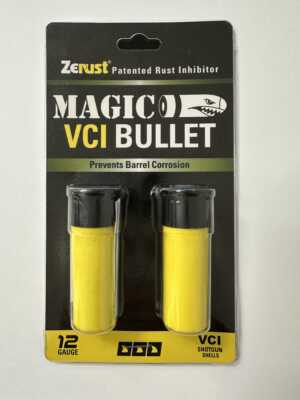Anti-Tarnish Experts: Higher Air Sulfur Speeds Silver Tarnish

Anti-Tarnish Experts: Higher Air Sulfur Speeds Silver Tarnish
More than 11 percent of Americans own some type of silver, many in the form of jewelry, meal service utensils, and antique decorative pieces. Some of these items have survived generations, yet they’re tarnishing faster than ever. As our anti-tarnish experts can explain, much of it has to do with sulfur concentration in the air, which has risen exponentially since the Industrial Revolution. This is known to have a direct impact on the speed of silver tarnish.
Sulfur dioxide (SO2) is one of the many gases produced in fuel combustion of elements like coal and oil. As noted by the U.S. Environmental Protection Agency (EPA), we went from .14 parts-per-million (ppm) of sulfur dioxide measured in our ambient air quality in 1971 to 75 parts-per-billion in 2019.
The primary sources of emission in modern society are industrial and utility facilities.
Other sources of tarnish include:
- Poor quality drywall
- Elemental sulfur (sometimes found in glue, cement, furniture inlays, grout, etc.)
- Sewer gases
- Humans
- Vulcanized rubber (latex gloves, pencil erasers, etc.)
- Well water
For owners of silver valuables, it boils down to this: Your silver is going to tarnish more quickly than it would have even a few decades ago.

How Fast Will Silver Tarnish?
The exact rate depends on the concentration of sulfur-containing gases in the air around you. For instance, in a museum, sulfur concentration of hydrogen sulfide is anywhere from 85 to 600 parts-per-trillion (ppt). In that environment, you’re going to get a dark layer of tarnish within months or maybe even years. But let’s say you expose tarnish to a freshly hard-boiled egg. That concentration of sulfuric gases is a lot higher. Tarnish can develop within minutes!
What’s more, if you keep your silver freshly-polished, tarnish will accumulate more quickly.
Relative humidity is also a factor in how fast your silver tarnishes. Some states in the Western U.S. have low relative humidity (below 55%), but most are somewhere in the 68%-77% range. Florida, Alabama, Mississippi, Louisiana, and Hawaii have the highest relative humidity in the U.S. Most anti tarnish experts agree ideal storage conditions for silver are dry with under 50% relative humidity. That means in most places – particularly industrial regions – extra effort is needed to protect silver from tarnish.
The good news is that tarnish can be removed and won’t destroy the metal the way oxidation does with iron or iron alloys. However, tarnish dulls the luster and shine of your silver pieces, and it’s not the desired look for jewelry, serving platters, or other silver goods.
Prioritize anti tarnish storage solutions to minimize the impact of tarnish on silver. This is especially important for owners of sterling silver (which is what most jewelry is made of). This metal contains about 93% silver but 7% copper. Sterling silver is going to tarnish more quickly when exposed to oxygen and sulfur compounds than pure silver, thanks to the metal combination.
Anti Tarnish Silver Bags and Drawer Liners
Zerust sells both anti-tarnish silver storage bags and anti-tarnish drawer liners for silver owners to store valuables made with this precious metal.
Both combine the power of our tarnish prevention technology (which uses vapor corrosion inhibitors) with polymer bags or non-slip PVC rubber (not vulcanized). These products are non-toxic and given the Ok by the FDA, so they’re safe to use on silver serving trays, utensils, and other items.
Liner can be cut to size for jewelry boxes or drawers for special occasion silver, and it lasts up to 5 years. The VCI won’t adversely impact wood or other surfaces, and can be wiped clean with soap and water.
Check out our full list of Anti-Tarnish products to determine which is right for you.
*************@************ts.com“>Contact Zerust for information on anti-tarnish silver storage bags, capsules and vapors emailing us or calling (330) 405-1965.
Additional Resources:
The Facts on Silver, Dartmouth Toxic Metals, Superfund Research Program, National Institute of Environmental Health Sciences Superfund Research Program
More Blog Entries:
Anti-Tarnish Protection for Your Silver Jewelry and Serving Pieces, Jan. 28, 2023, Anti Tarnish Products Blog




